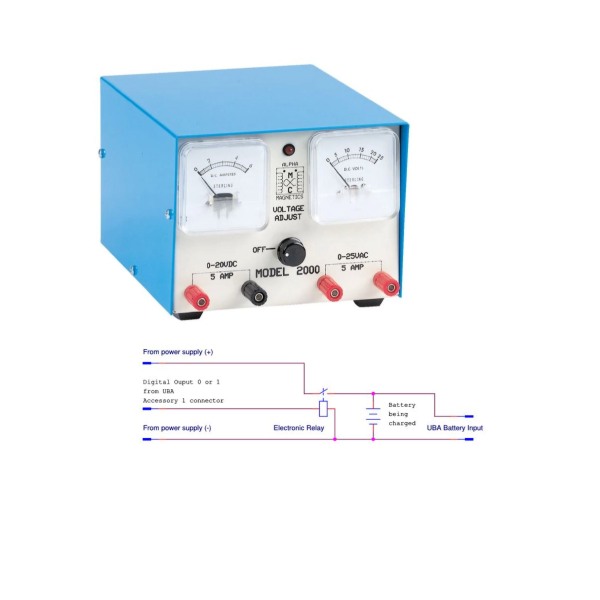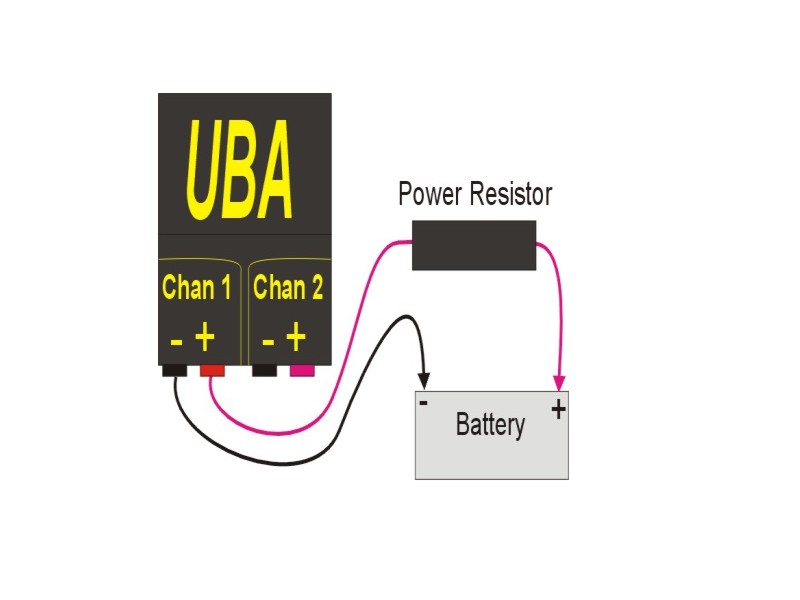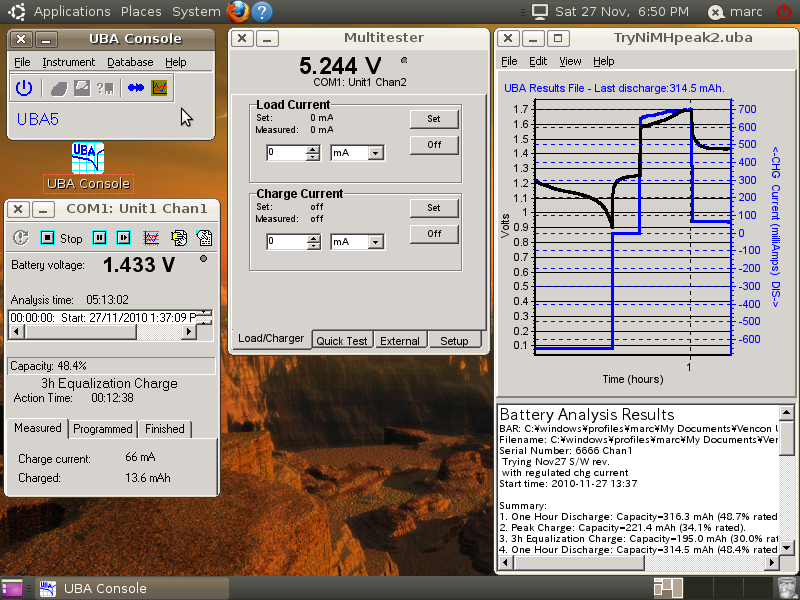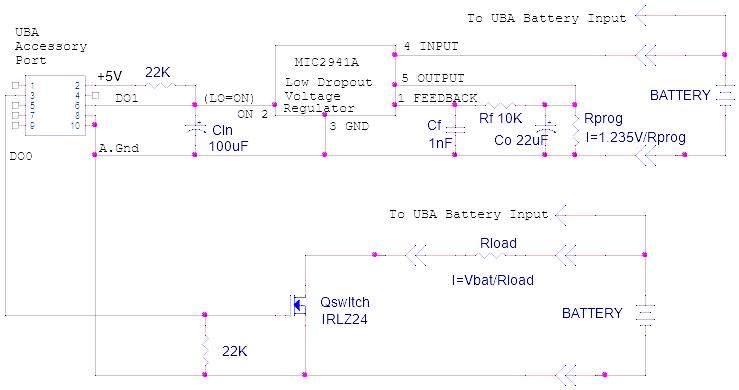The Question:
Does reflex charging really work?
Red Scholefield replies:
The concept of applying a short discharge pulse during the charge cycle sometimes referred to as “reflex charging” or “burp charging”, has been with late 60s with patents by W. Burkett & J. Bigbee [3,597,673″ Rapid charging of batteries and W. Burkett & R. Jackson [3,614,583 “Rapid charging of batteries”] and assigned to the McCulloch Corporation.
Burkett, an individual with great drive and somewhat uninhibited by the lack of any test substantive test data, enlisted the help of a Professor at Stanford to come up with a reason why the negative pulse charge technique did what Burkett claimed. This individual, striving for academic elegance, came up with the hypothesis that the negative pulse may have stripped away the gas bubbles on the plates and thereby enhanced the charge efficiency and reduced the temperature and pressure build up. He stated it was like burping a baby. Burkett liked the sound of this and it became his theme in promoting the concept. The fact that he was a prolific writer did not detract him from his quest, as he had his concept published in numerous trade magazines and technical journals hungry for a charging break through in the emerging market of cordless products.
After the patent was awarded he took it to General Electric, then the leading Ni-Cd manufacturer in the US, where it was analyzed in detail. General Electric disappointed Burkett when, after extensive testing, they could find no conclusive evidence that the negative pulse offered any advantage. Burkett then proceeded to find other interested parties that would be less critical, and take his word for the phenomena. He sustained the venture for several years mostly by obtaining government contracts to further study the effect of the negative pulse technique for both sealed and vented Ni-Cd systems.
With the expiration of the patents many saw the opportunity to make a great deal of money from the ignorance of battery users and thus it has proliferated in many variations and forms. General Electric, confronted by battery customers who had bought into the Burkett scheme of charging, tested and re-tested the concept as each new variation was presented. The results were the same in each instance. It has never been demonstrated to have any advantage over conventional charging, either on charge efficiency, the performance or the life of the battery.
It has never been demonstrated to have any advantage over conventional charging, either on charge efficiency, the performance or the life of the battery
While many claims have been attributed to this technique, none have ever been substantiated in the laboratory. Fortunately it does not harm the battery in any way and since the concept makes for a rather elegant marketing technifact, it has been adopted as a way to promote the sale of charging systems by numerous companies in which marketing dominates technology.
The reflex chargers are for the customer that cannot separate marketing from sound engineering and feels compelled to perpetuate this hoax while providing a healthy income for its proponents. If reflex charging had any merits that would enhance the performance of batteries the battery manufactures would be supporting it with vigor as would the major suppliers of battery powered products. Since is does no harm to the battery, the battery manufacturers are reluctant to focus on the pointlessness of some customers that insist on using it and risk a technical confrontation that would embarrass the proponents and jeopardize sales.

 Windows 10 Compatible
Windows 10 Compatible



